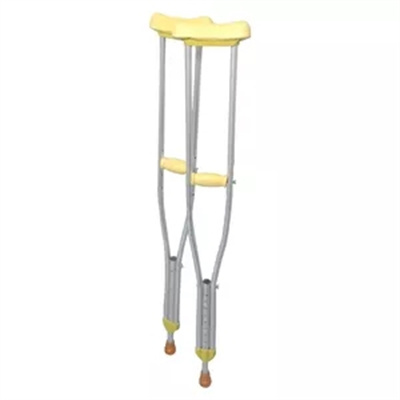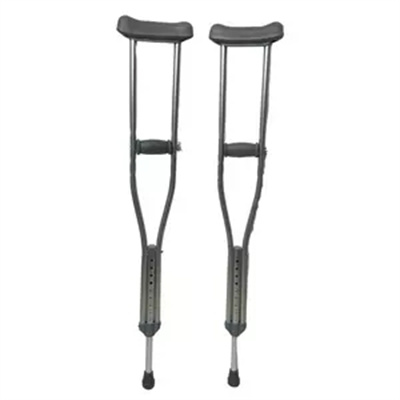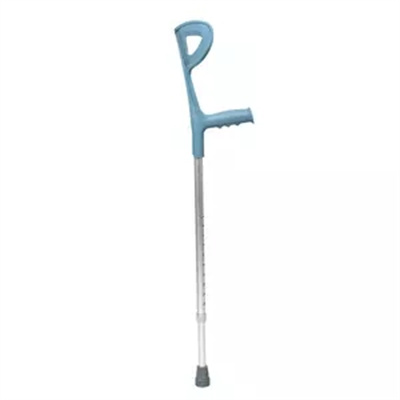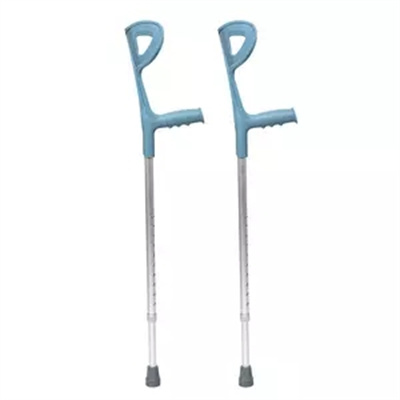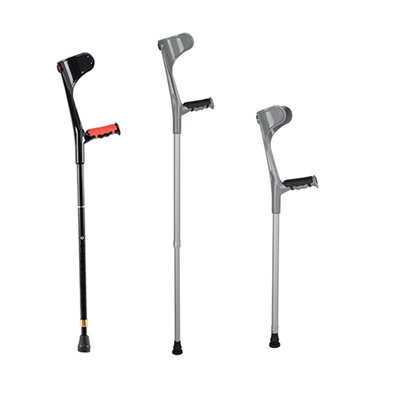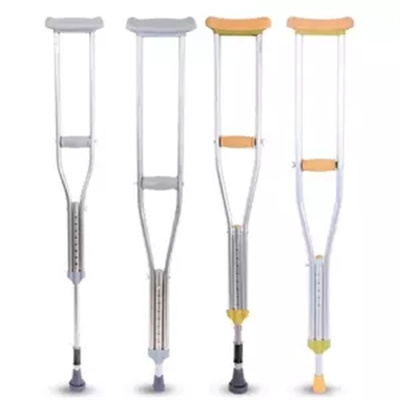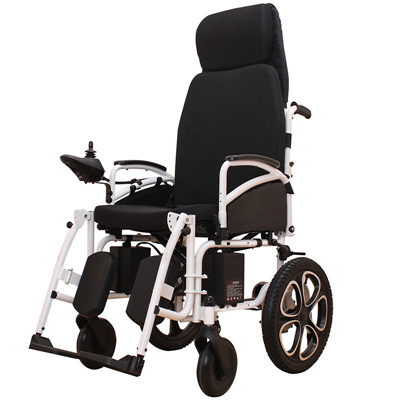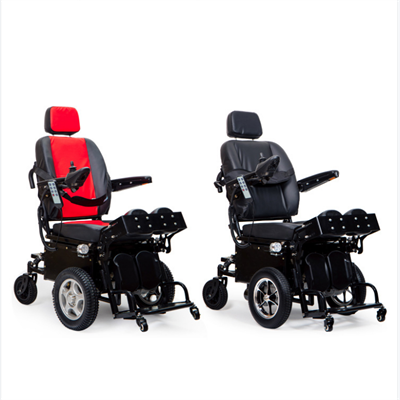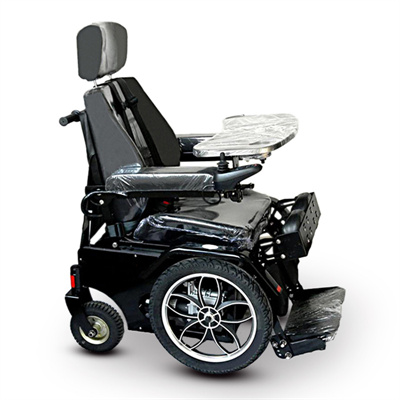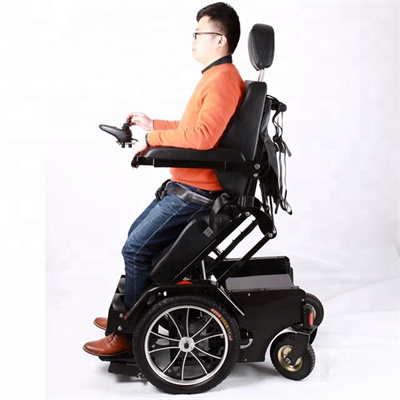Crutch alternatives for mobility support ChatGPT Crutches are not the only option for mobility support. Depending on your condition, there are various alternatives available to help you move around more comfortably and safely. Here are some common alternatives to traditional crutches: 1. Canes: Canes are often used for mild balance or mobility issues. They provide…
Crutching your way to rehabilitation success
Crutches can be a vital tool on your journey to rehabilitation success, helping you maintain mobility, regain strength, and work towards your recovery goals. Here are some tips and strategies to make the most of your crutch-assisted rehabilitation: 1. Follow Medical Guidance: Always follow your healthcare provider’s advice and recommendations regarding crutch use, weight-bearing restrictions,…
Crutches vs knee scooters which is better
The choice between crutches and knee scooters depends on various factors, including your specific injury or condition, your mobility level, comfort preferences, and lifestyle. Both crutches and knee scooters have their advantages and disadvantages, so it’s important to consider your individual needs and consult with your healthcare provider or physical therapist for guidance. Here’s a…
Navigating stairs safely with crutches
Navigating stairs safely with crutches can be challenging, but it’s crucial to do so correctly to avoid accidents. Here’s a step-by-step guide on how to navigate stairs with crutches safely: Ascending Stairs (Going Up): Approach the stairs and stand close to the first step. Hold both crutches in one hand on the side opposite your…
Crutch fit and adjustment a user s manual
Proper crutch fit and adjustment are essential for your comfort, mobility, and safety when using crutches. Here’s a user’s manual on how to ensure your crutches are correctly sized and adjusted: 1. Measure and Select the Right Size: Before purchasing crutches, measure your height to determine the correct size. Stand up straight, and have someone…
Types of crutches pros
There are several types of crutches, each with its own advantages and disadvantages. Here are some common types of crutches and their pros: 1. Underarm (Axillary) Crutches: Pros: Widely available and easy to find. Provide good upper body support, which can be helpful for individuals with limited strength or balance. Adjustable height for a custom…
Recovering with crutches what to expect
Recovering with crutches can be a challenging but necessary part of the healing process after an injury, surgery, or mobility-limiting condition. Here’s what you can generally expect during the recovery process while using crutches: 1. Initial Discomfort: When you first start using crutches, you may experience some discomfort, especially in your underarms, hands, wrists, and…
Crutch accessories for added comfort
There are several crutch accessories available to enhance comfort and convenience while using crutches. These accessories can help reduce discomfort, prevent chafing, and make daily activities more manageable. Here are some crutch accessories for added comfort: 1. Crutch Pads or Covers: Crutch pads or covers are cushioned sleeves that fit over the handgrips and underarm…
Tips for proper crutch use and safety
Proper crutch use and safety are essential to prevent accidents and injuries while using crutches. Here are some tips to help you use crutches correctly and safely: 1. Learn Proper Technique: Seek guidance from a healthcare provider or physical therapist to learn the correct crutch-walking technique. 2. Check Crutch Fit: Ensure your crutches are the…
Crutches a comprehensive guide
Using crutches can be essential for individuals with injuries, surgeries, or mobility issues to move around safely. Here’s a comprehensive guide on using crutches effectively and safely: 1. Types of Crutches: Underarm (Axillary) Crutches: These crutches have padded underarm supports and are commonly used. Forearm (Lofstrand) Crutches: Also known as elbow crutches, they have cuffs…













